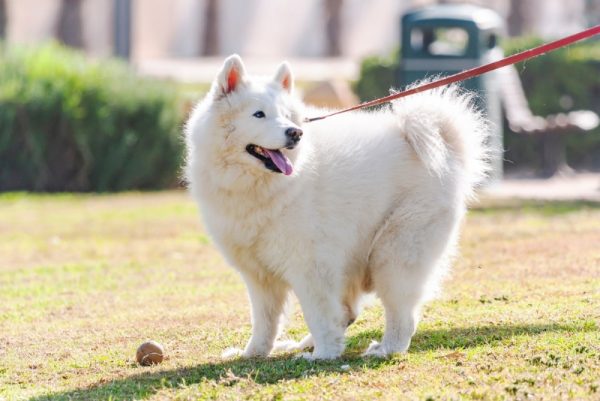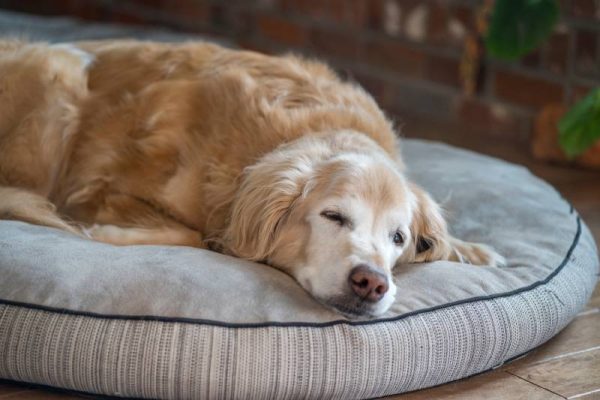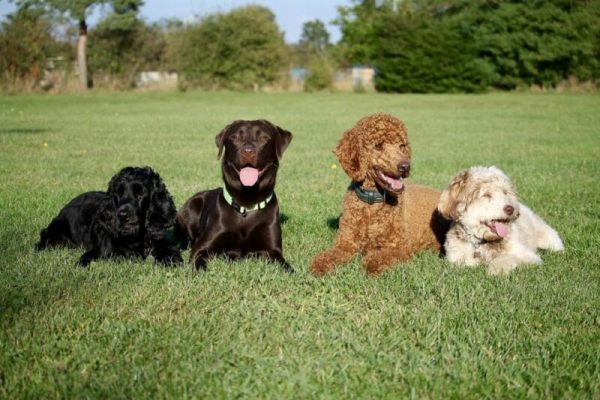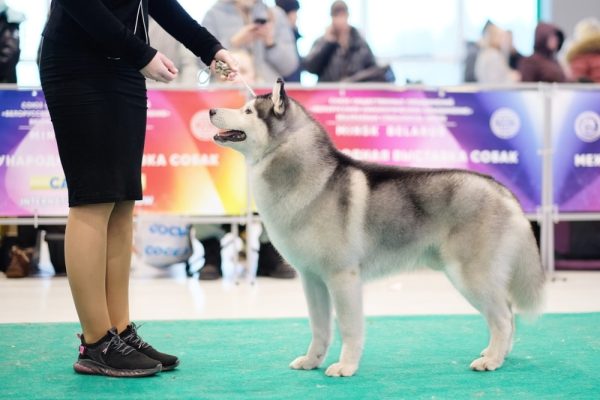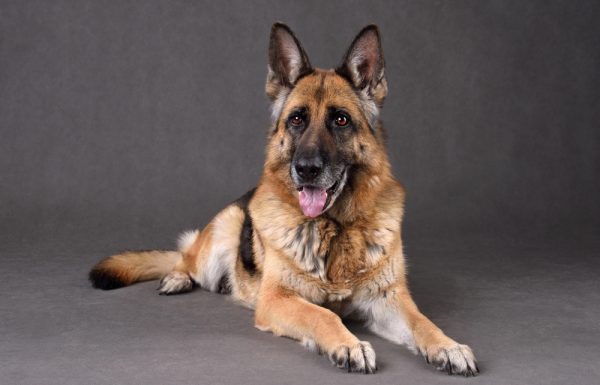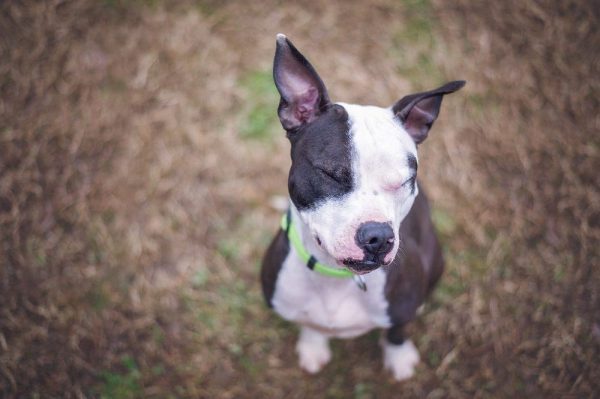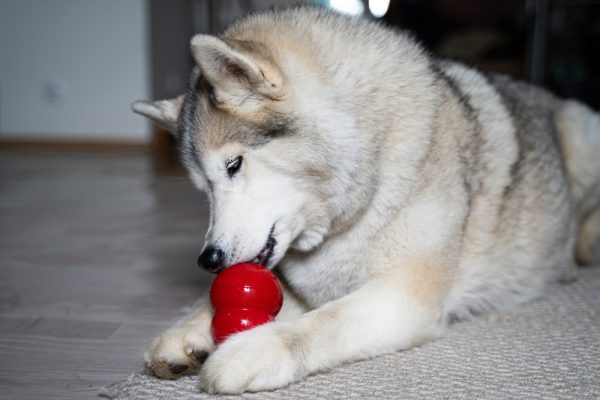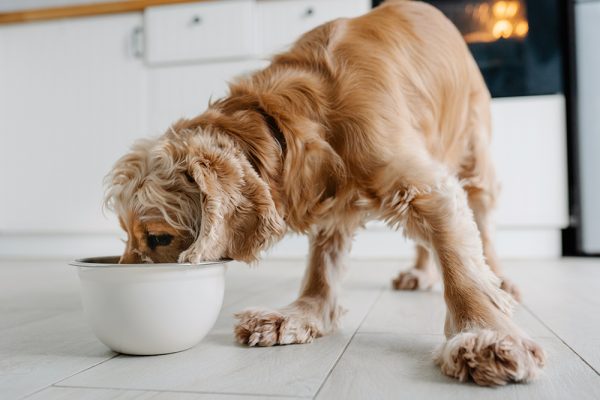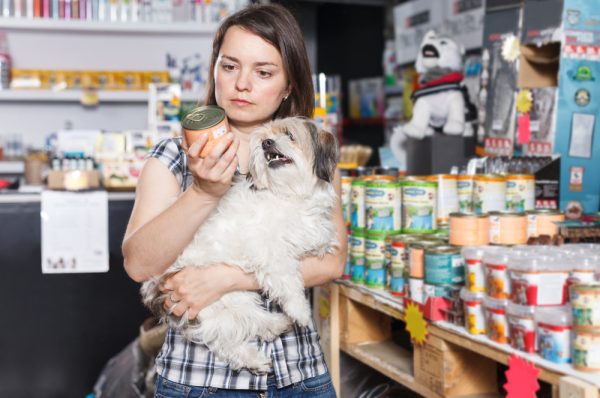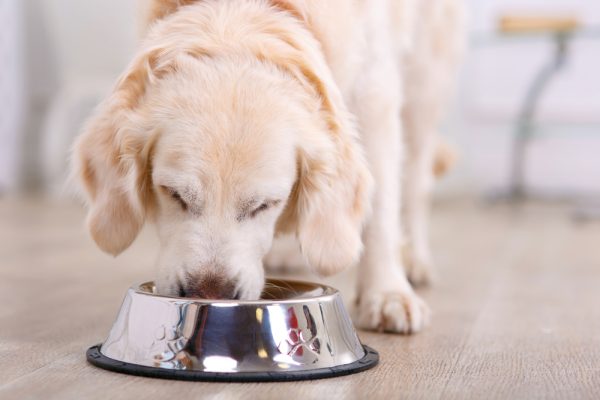Taking your dog to the groomer every 4 to 6 weeks is a great way to keep up with their coat and decrease shedding. However, keeping to this schedule can get pretty crazy, expensive, and sometimes flat-out inconvenient. Plus, haven’t you ever watched your groomer and thought, “Pfft, I could do that myself!”
If you’ve been looking for ways to save money with dog care, grooming your dog at home is a great way to get the job done. You can learn this skill to keep your pup looking dapper as the day is long for years to come!

The 12 Tips for Grooming Your Dog
1. Ensure You Have a Good Grooming Space
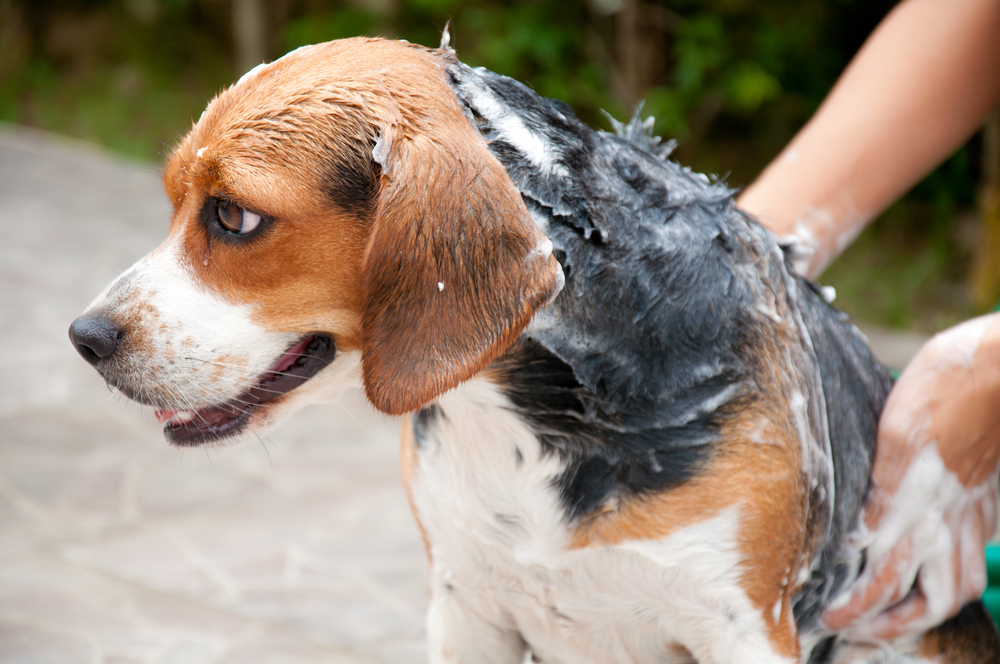
You will need to have a space you can move around in when you’re grooming your dog. You’re going to want your supplies nearby and everything easily accessible. It might be hard to do a full grooming session in a small bathroom, so you might need to choose another area in your home.
If you have the right yard space, you could even go outdoors to make less of a mess in your home.
2. Consider Your Dog’s Size & Coat Type
Considering your dog’s overall size and coat type can help you a lot when it comes to grooming at home. For example, a short-haired hypoallergenic dog might need a simple brush to keep their coat in shape. However, a thick-coated dog that sheds will need heavy-duty tools.
So remember that you might need different items depending on the dogs you’re grooming. For some, getting a handy little starter kit will be plenty, and they might not even use all the tools. Other people will need heavy-duty tools that won’t break and are able to withstand frequent use.
3. Have the Right Supplies
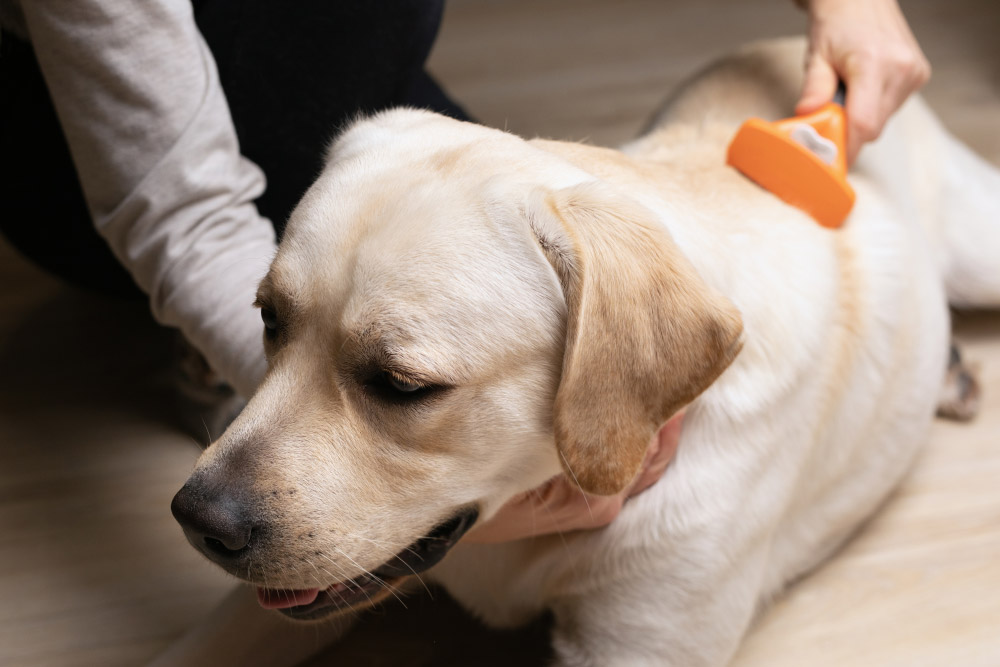
You want to have all your supplies gathered up so you aren’t running around looking for it after.
Shampoo/Conditioner
It is very important to buy canine-specific shampoo. Even though it might seem harmless to use human shampoo on dogs, or even baby shampoo, for that matter, it can actually have negative impacts on your dog’s skin.
We recommend buying gentle, canine-specific shampoo that will clean your dog’s coat without drying them out. Some shampoos are scented with essential oils and other natural aromas so you can still get the benefit of a good smell without all the extra chemicals. Follow the shampoo with a moisturizing conditioner for healthy skin and a soft coat.
If you are looking for the perfect, pet-friendly shampoo and conditioner combo, we highly recommend the products by Hepper. With a soothing oatmeal shampoo, free of soaps and other harsh chemicals, and a cucumber and aloe scented conditioner, your pet's skin and coat will be smooth, hydrated, and irritation-free.
| Image | Product | Details | |
|---|---|---|---|
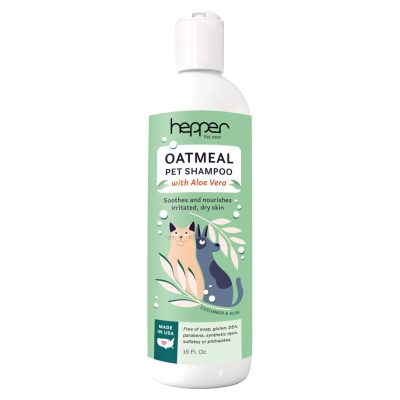
|
Hepper Oatmeal Pet Shampoo |
|
Check Price |
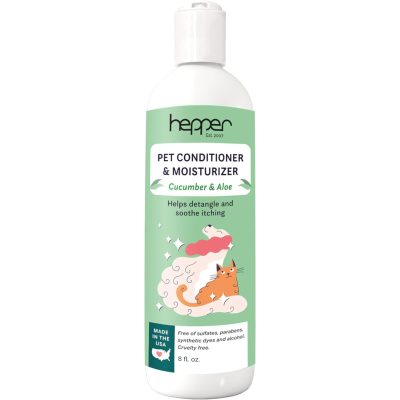
|
Hepper Pet Conditioner |
|
Check Price |
At Dogster, we’ve admired Hepper for many years, and decided to take a controlling ownership interest so that we could benefit from the outstanding products of this cool pet company!
Brushes
No matter what kind of dog you have, routine brushing is beneficial. Even hypoallergenic dogs that don’t shed can really need a good brush.
The type of tools that you will have on hand will greatly depend on your dog’s coat type. We certainly recommend that you have more than one to get you through any coat challenges.
- Bristle: Bristle brushes are usually made of synthetic or animal hair bendable bristles. These types of brushes are fabulous for smoothing the coat and evenly distributing oils through your dog’s fur. It’s not the best at getting rid of excess shedding so use it on short coats or as a finishing brush on longer coats.
- Slicker: Slicker brushes are an excellent tool to have on hand for daily brushing. They are great at stripping out loose hair on medium to longer coats. These efficient brushes come with manual or push-release cleaning mechanisms. Slicker brushes feature long bristles of the same length. Most of them are generally very easy to use.
- De-Shedding: De-shedding tools are perfect for double-coated dogs or the change of seasons. They are designed for occasional use, so after you give them a bath, this is a really good time to use them.
- Bathing Gloves: Bathing gloves are optional, but they can be very beneficial, especially for shorter coat types. Bathing gloves are usually made of rubber or some other sticky material that will attract the loose fur and give a massaging effect when you use them.
Toothbrush
Dental care is often a very overlooked aspect of canine health. It results in dogs having a buildup of tartar on their teeth which can lead to periodontal disease later in life. Grooming is a great time to get down to the nitty gritty.
You can use it as an opportunity to clean your dog’s teeth thoroughly. You can use standard canine toothbrushes, finger toothbrushes, or whatever you find that works for your pooch. You will also need dog-specific toothpaste, as human toothpaste can contain ingredients harmful to dogs.
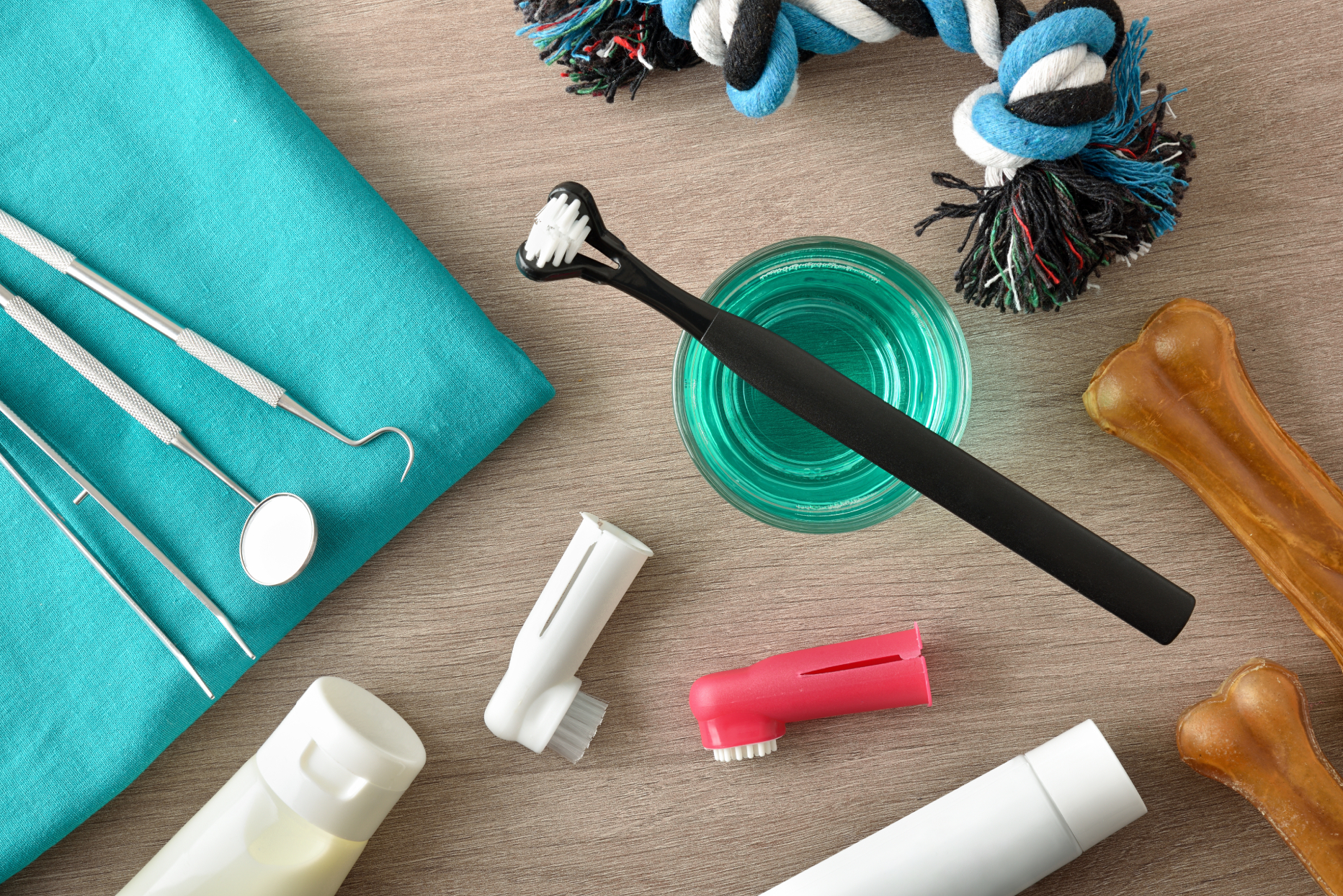
Restraints
Unless your dog is totally used to the grooming process and floppy like a rag doll, you’ll likely need restraints.
You could get a design like this hammock that essentially lifts and secures your dog in the air. The suspension allows you to move around all areas of the body without worrying your dog will move. Sizing is important, so make sure to purchase correctly to avoid time-consuming returns.
You can also use a grooming table to secure your dog so you are able to groom them just like the professionals. Of course, these tables aren’t as heavy duty as one you would see at a real grooming facility, but it can get the job done.
Tools
You will need to get grooming tools as necessary. Some dogs require electric clippers, which can be a pricey buy right up front. However, they generally last a very long time and come in both corded and cordless varieties.
If you’re starting out, you can get an all-in-one grooming kit that includes clippers and other supplies to get you started.
Towels
Some people don’t like drying off with the towels they’ve used on their dogs. If this is the case, you will need to get your dog their own towel so you can dry them appropriately after their bath.
Nail Clippers
You will need a good set of nail clippers to trim your dog’s nails. Make sure that they have a guard on them to help you cut your dog’s nails more easily and safely.
Treats
Finally, you need some treats on hand, especially if this is your dog’s first time getting groomed. Some dogs will be nervous, and treats can help reassure them that they are safe and that they are being a good boy or girl. Make some time to use treats to create positive associations with the grooming procedures. Take it slow and stay within your dog’s comfort zone.
Muzzle
Some dogs really hate grooming procedures like nail and coat trimming. If your dog might try to bite you, you should train them to wear a well-fitted comfortable muzzle, to keep everyone safe. Grooming can become dangerous if they thrash, won’t hold still, or are distressed. Your dog might need training to accept grooming procedures. Talking with a veterinarian about their phobias can help if you’re not getting anywhere.
If you need to speak with a vet but can't get to one, head over to PangoVet. It's an online service where you can talk to a vet online and get the personalized advice you need for your pet — all at an affordable price!

4. Decide If You Will Need a Helper
If you have a little dog that’s used to frequent handling, you might not have any issues grooming them yourself. However, if you have a rambunctious dog of any size or a particularly large dog, you might need a helper.
Try to schedule the grooming for a day when you can have a buddy to help take the load off. Plus, it will help your dog to have someone as a distraction and soothe or occupy their attention.
5. Bathe Your Dog

Before you groom your dog, you will want to bathe them. Bathing them first helps ensure that their coat is clean and smooth, so that you can cut their hair easier and more evenly. This is where you will need a dog-safe shampoo, so make sure to have it on hand. Let your dog shake the water off and dry them with some towels until they are just damp.
6. Brush Your Dog
After bathing, you will want to brush your dog to further smooth out their coat and remove any mats or tangles. You may only need one brush for this or you may need multiple, depending on your dog’s coat type and how many tangles they have. You can blow-dry your dog with a hairdryer on cool mode while you brush them out.
7. Trim the Coat

This is an area in which you want to be careful if you’ve never done it before. You may need to watch some YouTube videos or ask your vet or groomer for tips on how to groom your particular breed’s coat.
However, you will need two things: clippers and scissors. The clippers are for cutting the larger parts of your dog, such as their back, chest, and upper legs. The scissors are for cutting the more delicate areas, such as the hair around their face, ears, paws, and tail.
Start from the neck and move down towards the tail, cutting in the direction of the hair, not against it. You want to cut as evenly as possible. If you have a long-haired dog, start with the clippers, and then use the scissors to trim up any uneven areas.
Trim the legs, head, and tail last. Make sure to keep your dog’s head as still as possible when trimming the hair around the face. This is where it can be really helpful to have a helper. Reward your dog with a treat at various stages of the trimming process.
8. Learn Various Hairstyles
If you have a dog that can get all sorts of cool hairdos, you can really explore the different options with YouTube videos or with trial-and-error. If you’re grooming at your home, you have more freedom to try out new things, and if it doesn’t work out, you didn’t pay for it anyway. Better luck next grooming session.
The more hairstyles you learn, the more you can try out different looks on your dog. Pretty soon, you won’t even be able to tell the difference between a groomer’s and your hair styling.
9. Cut Your Dog’s Nails
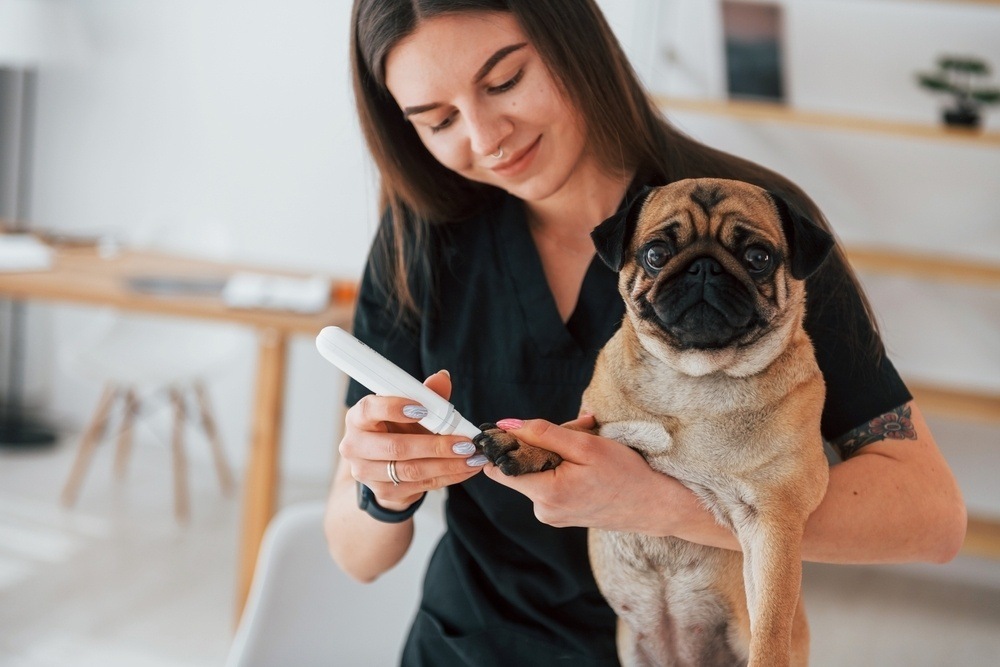
It’s a good idea to let your vet show you how to do this properly before you attempt to do it yourself. If you make a wrong cut, you could hurt your dog. Make sure to use clippers with a guard on it, as these can help prevent you from cutting too deep.
Make sure you also know where the quick is so you know where to stop cutting. It will be a darker part in the center of your dog’s nails, and it contains the blood vessels and nerve endings. If you cut the quick, it will cause bleeding, so have some styptic powder on hand to stop the bleeding.
10. Clean Your Dog’s Paws
Use a clean, slightly damp cloth or some pet wipes to clean in between your dog’s toe beans and paw pads. Then apply a paw balm to your dog’s paw pads to help moisturize them and prevent them from cracking.
If you are looking for the perfect product to clean your dog's sensitive areas, Hepper's Wash Wipes are our recommendation, plus it's a great on-the-go option. These premium wipes are thick and durable enough for the toughest of paw messes, while still being soft enough to use on your dog's ears or eyes. Formulated with pet-friendly, hypoallergenic ingredients they are the ideal product for all dogs of all ages, skin conditions, or sensitivities.
- Gentle Care For All Pets - Infused with moisturizing hypoallergenic ingredients & enriched with...
- Deep Cleans From Head to Tail - Tackle the toughest dirt & messes with our extra strong pet wipes...
- Freshness On The Go - Each dog grooming wipes pack contains 30 counts of premium dog wipes that...
At Dogster, we’ve admired Hepper for many years and decided to take a controlling ownership interest so that we could benefit from the outstanding designs of this cool pet company!
11. Brush Your Dog’s Teeth
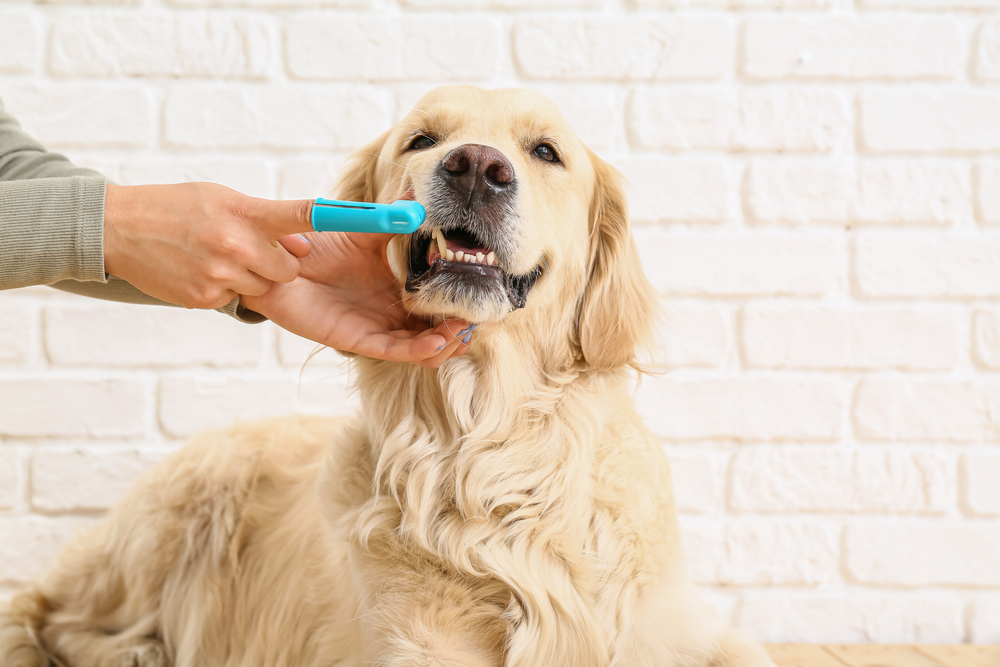
Next, brush your dog’s teeth to help clean them and freshen their breath. Make sure to use dog-safe toothpaste and a toothbrush designed for dogs, if your dog will let you. If not, you can also try a finger toothbrush with some dog-safe toothpaste on it, and let your dog nibble on it, running your finger along their teeth in the process.
12. Clean Your Dog’s Eyes and Ears
Finally, clean your dog’s eyes and ears. Use a pet wipe or a damp cloth to wipe around the eyes, removing dirt from tears. You may also need a tear stain remover if you have a light-colored dog. Then use ear cleaner and cotton balls/ gauze, to wipe the inside and outside of your dog’s ears. Never use cotton buds (Q-tips) in a dog’s ears, as it can damage their ear drum.

Traditional Grooming vs. At-Home Grooming
If you’re thinking about grooming your dog at home, you might wonder if the effort is really worth it. After all, your dog probably looks forward to going on a car ride and getting pampered once a month.
Just remember that if you learn how to groom your dog at home, you’re likely saving a pretty penny. And that doesn’t mean you never have to send your dog to the groomer again. You can always take your dog on occasion.
However there’s nothing wrong with knowing how to take care of it yourself for times when the budget is low or you don’t have a lot of extra time to make appointments.

Conclusion
Now you know a little bit more about grooming your dog at home. If you have a longer-haired dog, there’s never a better time to learn the skill. It can save you a ton of money in the long run and allow you a little more time to bond with your pup.
Remember, you can still take them to a professional groomer on occasion. After all, every puppy deserves to get out of the house.
- You might be interested in: Neakasa P1 Pro 5-in-1 Pet Grooming Kit Review
Featured Image Credit: Jennie Book, Shutterstock




